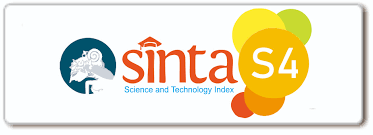Translation of the Word 'Do' in the Novel Anne of Avonlea from English into Indonesian
DOI:
10.47709/ijeal.v3i2.2575Keywords:
analysis, chesterman, duff, strategy, translation, principleDimension Badge Record
Abstract
The purpose of this research is to find out the translation of the word ‘do’ from English into Indonesian and also its function. This research focuses on the translation of the word ‘do’ in an English novel entitled Anne of Avonlea and its translation in Indonesian. The researcher uses mixed method namely qualitative and quantitative method. To collect the data, purposefully random sampling is used. The 150 difficult data were purposefully chosen, which then the researcher chose 75 random data to be analyzed. To analyze the data, the researcher uses strategies of translation by Chesterman (2016) and principles of translation by Duff (1990). The result of this research shows that there are a lot of forms and functions of ‘do’ that makes the translation of the word ‘do’ various. There are 7 out of 30 strategies found, namely literal translation (7), unit shift (7), transposition (25), emphasis change (16), cohesion change (16), scheme change (3), and synonymy (1). Lastly, there are 2 out of 6 principles of translation found, namely meaning (6 strategies) and style & clarity (1 strategy). Thus, it can be seen that the most used strategy and principle of translation in translating the word ‘do’ are transposition and meaning.
Downloads
Abstract viewed = 152 times
Downloads
ARTICLE Published HISTORY
How to Cite
Issue
Section
License
Copyright (c) 2023 Gema Ariani Rahmawati, Indah Lestari

This work is licensed under a Creative Commons Attribution-NonCommercial 4.0 International License.














